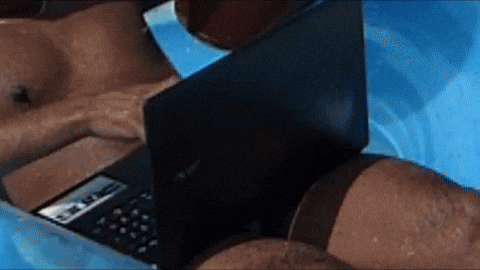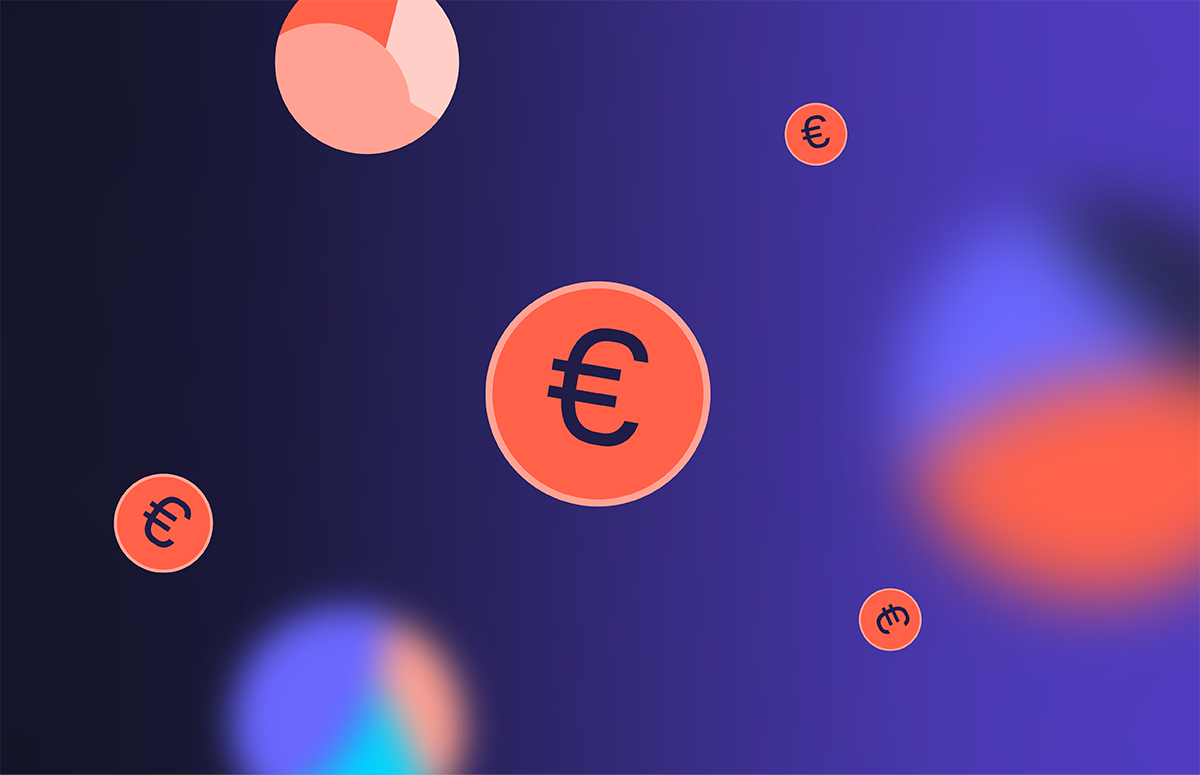How to end an email (professionally)
Your recipient has read your email all the way through, so don’t ruin it at the end! Here’s our handy guide to creating perfect endings to professional and B2B emails.
There are a ton of guides out there for crafting great subject lines that create intrigue and get your recipient to hit “open”.
But what about the end of the email?
In B2B, the closing line of your email is literally the business end.
And here’s the thing:
It’s where your prospect decides whether to act on your proposal or not. It could even be where you seal the deal.
Even if you’re not selling, an email sent from your business’ account is part of your company’s branding. It helps reinforce an impression to the recipient.
How to end an email is so important in this way.
So what exactly do you want people to think about you and your company?
In this guide, we’re going to look at practical ways to end your professional emails. We’ll give you some ideas you can use today to create a strong impression and get your recipients to act.
OK, let’s go. 👇🏼
How NOT to end an email
Before we look at how to end an email, let’s look at what not to do.
When it comes to how to end an email, problems arise when you confuse business with pleasure.
You can write whatever you like in an email to your friends, but in a professional setting, things are different.
If you find yourself about to close an email with any of these lines:):
- Peace!
- Laterzzz!
- Thx
All we can say is… ⬇️

Anything that’s so informal just isn’t appropriate in a professional email. Don’t do it.
Take a second to think about how your recipient will feel when they read your email. You might think you’re saving time and keeping it professional when you write ‘KR’ instead of ‘Kind regards’.
But give yourself a shake:
Your recipient might think you don’t care enough about them to spend an extra second typing out the whole word.
Finally, steer clear of jokes. Jokes are notoriously hard to get right over email. Unless you’re a bona fide comedy genius and you know how to end an email with a brilliant gag, keep it professional.
How to end an email: Bitesize tips
Before we go deeper into the finer details of how to end an email, let’s look at some things that you should always do to end your emails.
First, think of how well you know the person you’re writing to.
While you should always keep it professional, you’d close an email to someone you see every day differently from someone you’ve never met before.
Next, you should be trying to keep your entire email as short and concise as possible. No one wants to read a long, rambling email that takes ages to get to the point. The same should go for your closing lines too.
Here are some examples of short closing lines you can use in a professional setting:
- Let me know if you need anything else
- Looking forward to working with you
- Have a great weekend
Note how these are friendly, but not over-familiar. They let the recipient know that you’re there for them.
After your closing line comes the signature. And boy do we love a signature.
You know why?
Because every email signature is a chance to reinforce your brand and your proposition. But there is some info you have to include:
- Full name
- Job Title
- Company name
- Email address
- Phone number
These details make it easy for your recipient to get back in touch with you. Once you have this foundation, you can use email signature marketing to standardise your brand and add image call-to-actions (CTAs) promoting your latest content and offers.
Call to action (CTA)
Now it’s time to dive deeper into how to end an email.
But what actually makes a scorching closing line in a B2B email?
Well, every email you send should have a CTA. Let your prospect know exactly what you want them to do next.
Definitely don’t expect them to work it out for themselves!

Whether you just want them to respond to your email, or show more commitment by arranging a meeting, tell them. Make it easy for them.
Here are some ideas for effective closing line calls to action:
- Let me know what you think
- Is this [THE PROBLEM YOU SOLVE] something you’re looking at right now?
- Shall we arrange a time to talk so I can answer your questions?
- Click here to book a slot on my calendar so we can discuss this further
Note the varying degrees of commitment that you’re asking for here. You must judge what’s most likely to achieve your objective.
Knowing how to end an email with a call to action is essential. But, there are tweaks you can add to make closing lines like these even more effective.
Names
Just like a recipient is more likely to open an email if their name is in the subject line, the same is true for closing lines.
When a recipient sees their name in an email, it gives them a jolt. Suddenly they’re engaged, they’re open to your ideas and ready to act.
Here are some ideas you can try:
- Let me know what you think, Mike
- Hannah. How are you fixed on Friday for a chat?
- Dave. Let me know when you’re ready to talk more
It’s a simple way to add a personal touch. Make it part of how to end an email.
Thank you
A simple thank you is one of the easiest methods of how to end an email. Plus, it’s effective.
2017 research by Boomerang found that the top three response-driving closing lines all had a form of ‘thank you’ in them.
So why does it work?
Perhaps it’s because it’s just good manners. Your prospect has taken time out of their busy schedule to read your email. Not only that, they’ve reached the end of it! If that doesn’t deserve a thank you, what does?
It’s also friendly as heck. Here are some examples:
- Thank you for your time
- Thanks in advance
- I appreciate your help with this
Next time you’re stuck on how to end an email, just try this!
Credibility
When it comes to how to end an email in B2B, it’s all about credibility.Particularly at the start of your relationship.
And what better way to establish credibility than by providing social proof?
It shows your recipient that you know what you’re talking about. It also creates that all-important nugget of FOMO in your prospect’s mind.
Next time you end a B2B email, make the closing lines part of your pitch.
Here’s an example you can try:
Before I go, here’s a quick testimonial from [TOP PERSON] at [COMPETITOR]:
(Then insert a short but glowing recommendation from a customer)
Thanks Holly. I look forward to finding out your thoughts on this.
Urgency
The problem with email is that it sits in your recipient’s inbox until they’re ready to deal with it.

It’s hard to get the same instant reaction that you can with a phone call, video call or even a face-to-face meeting.
If you want a quick response to your B2B email, make sure your recipient realises this. And give them a reason to get back to you quickly.
Having the skill of how to end an email with urgency is a vital part of your B2B arsenal.
If you want to arrange a call with your prospect, give them a specific time in the very near future:
- Can we jump on a call at 10 am on Thursday?
- Are you free for a coffee on Wednesday morning?
- I’m around now if you want to jump on Zoom?
Another way to create urgency is to remind your prospect of the negative consequences of delay. This is a bold approach, but it can work.
"If not solving this problem is affecting your bottom line, let’s not delay on this. Let’s hop on a call tomorrow at 10 am and I’ll talk about how I can help you."
Find what works for you
The tips and examples we’ve talked about here give you the know how to end an email that:
- Gives a good impression of you, your company and brand
- Gets the recipient to act in the way you want them to
- Starts a conversation and builds a relationship
However, you don’t want your reader to think you’re using tricks to manipulate them! Take some of the ideas from here and incorporate them into your own style. Try out your own ideas – ones that match your personality. You’ll soon notice the difference.
How to an end an email is part of the art of writing strong, effective emails. Make sure you save the best for last.
For more email signature tips, follow Mailtastic on LinkedIn and Insta


_Card.png)